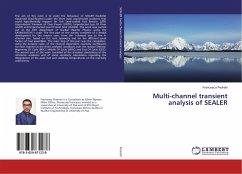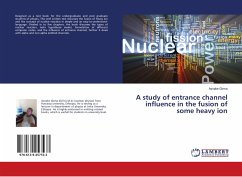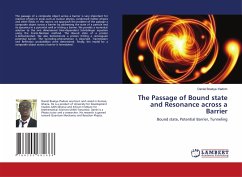Study of heavy ion collisions around the Coulomb barrier offers the opportunity of observing spectacular effects (e.g., strong energy dependence of the optical potential, enhancement of sub-barrier fusion cross section, etc.) due to the mechanisms of coupled reaction channels (CRC). In the present dissertation, systematic measurements and analysis of elastic, inelastic, transfer, fission, and evaporation residue cross sections for carbon induced reactions are presented. Results of CRC calculations explained all the channels simultaneously. Effective real potentials obtained from the CRC calculations are consistent with the observed energy dependence of the real potential. Threshold anomaly in reactions involving several projectiles with same target shows that the barrier shift (reduction), with respect to uncoupled barrier, increases with the projectile mass. It was found that precision fusion and barrier distribution data alone may not lead to correct description of fusion mechanism or the structure information of interacting nuclei. Thus "A simultaneous description of elastic and all non-elastic channels is a must to comment on the coupling or structure effects".
Bitte wählen Sie Ihr Anliegen aus.
Rechnungen
Retourenschein anfordern
Bestellstatus
Storno








